
BLACK DIAMOND PRESENTS: LINES WE CHOOSE
Follow BD Athlete Yannick Glatthard deep into the Swiss Alps as he shares his home...
Add $99.00 more to quality for free Shipping!
$0.00 USD
FRIDAY, NOVEMBER 17, 2017
Winter backcountry travelers, whether professional or otherwise, rely on a robust set of protocols, tools and observations if they want a long relationship with the snowy wilds. While continuously observing weather helps forecast how the snow is going to react to you traveling on it, digging into the snowpack has its own virtues that can help you make informed travel decisions. Snow pit evaluations including the Extended Column Test (ECT) and Propagation Saw Test (PST) provide vital stability information about specific elements of the snowpack. Today, we’re directing focus on the ECT, and how test results affect our in-the-field decisions. Please remember, these tests are only tools, which must be seen as a subset of a larger process which includes:
The caveat with snow pits is that, taken alone, pit tests offer little benefit to backcountry travelers due to overall snowpack variability. Nonetheless, there are still some good reasons to dig. In the first installment of the Exum Files, we talk to Senior Exum Guide Bill Anderson about the ECT and when the test is best used.
Extended Column Test: Is it worth the time?
It depends on what your experience is, what you’re dealing with, and how big of a decision you are attempting to make. If your avalanche problem is a fresh 20cm storm slab, you’re probably better off with less involved testing. The same would be true for small wind slabs in terrain with minimal secondary exposure.
If you are monitoring an eight-week-old persistent weak layer however, it's well worth the time. Especially, as your layer of concern gets deeper, the pit tests are going to give you the essential information on how things are progressing.

We just experienced a big avalanche cycle and I'm still seeing ECT results: what’s up?
Well, if the layer you are looking at is as deep as the crown lines around your party, you’re seeing places where the structure is set for activity—but for whatever reason they haven't slid yet. It's a research topic as to what is really happening, but depending on the problem you may not be out of the woods. As with any backcountry tour, it’s good to have a backup plan or two, so you still enjoy a day’s tour safely connected to the trailhead.
Tips for how I perform an ECT quickly?
When you are trying to get your speed game going with pit tests, the first thing is to NOT hurry. Slow down. Humans tend to make very simple errors when they work in haste. Make your pit wall about 120-140cm across at the face and down 120cm or to your layer of concern. Dig smart: this means cutting blocks of snow with your shovel and rolling them out of the pit rather than sweeping loose snow around. Digging smart also means digging into the slope, as though you where doing a rescue—no straight down holes.



While you square the walls off, have your partner get their probe out. Come in about 15cm from either side, then measure for your ECT (30cm x 90cm) and place your probe on one of the upslope corners (vertically: have your partner eyeball it for you) and then place their probe on the other corner. Get your ECT cord out (or 3mm with knots) and wrap it around both of the probes and cut down leaving the ends flared to the full 120cm. Grab your snow saw, and using the probes as guides, square up the ends of your column. Assess if one side of the slab is thicker than the other, and then tap on that side. Now pull this test column out of the pit and repeat, so that you get two test results. By the time you’ve done a few dozen of these tests, you’re looking at a 15-minute time investment, so is that worth it?
A final word of advice?
I'm drawing a bit of a line in the sand with my interpretation with these results, and it's really cut and dry as to how I've presented it. There will come a day when this won’t be the case, but with our current understanding of avalanche mechanics this line stands. It's pretty common for me to see propagation in a pit test, walk away from the run, and then see 10-12 tracks on the thing an hour later. While you’d think that would be frustrating, it really isn't. You see, everyone makes their own call in this game, and it's a personal sort of mindset. My take is that there are times of the year or certain snow-packs where you simply cannot demonstrate any fracture potential, so why not just wait till that time? The mountains have always demanded a patient disposition in my experience, so it’s just part of the process to wait till the time is right.

Follow BD Athlete Yannick Glatthard deep into the Swiss Alps as he shares his home...
Follow BD Athlete Yannick Glatthard deep into the Swiss Alps as he shares his home mountains with close friends.
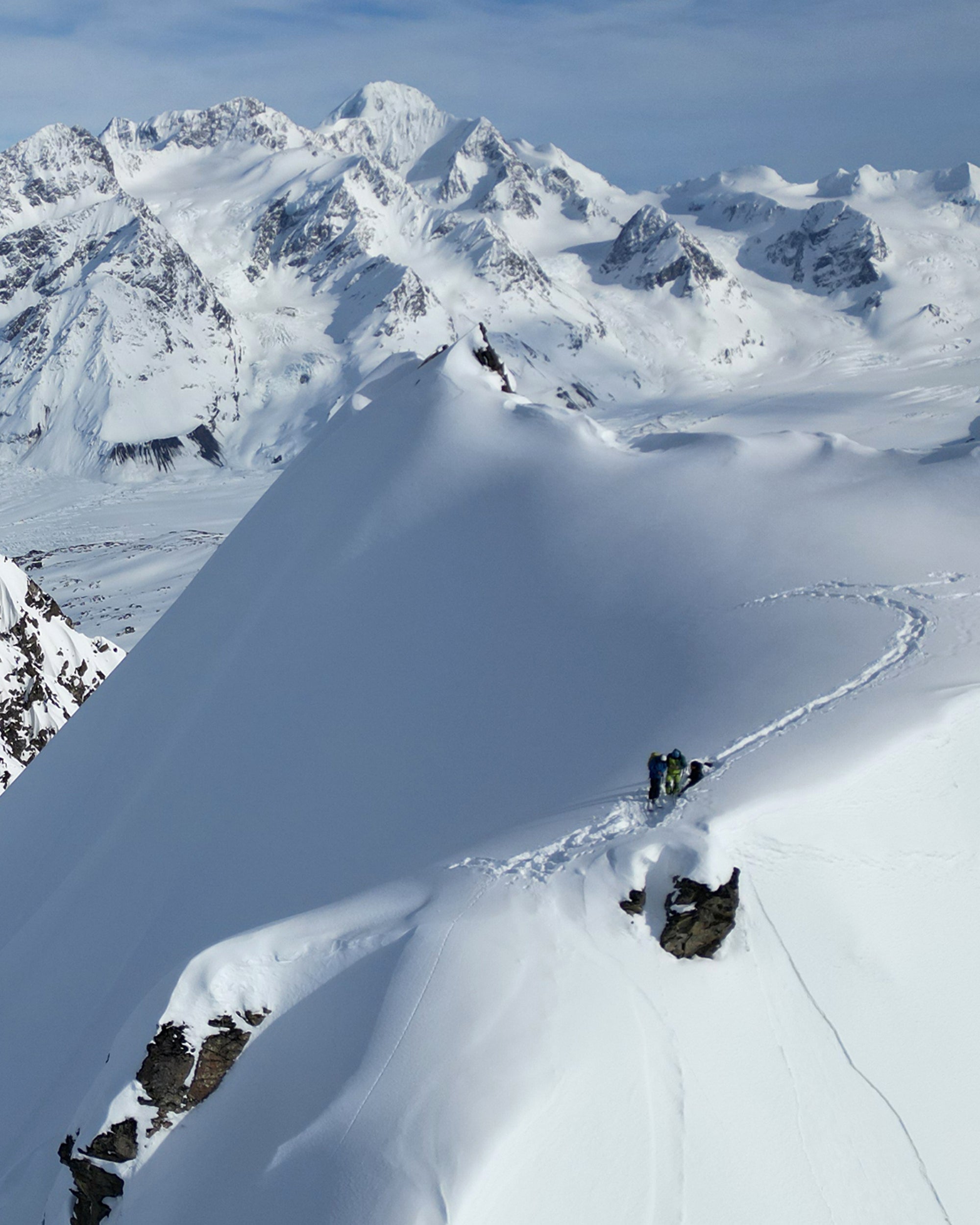
Follow Dorian Densmore and Mya Akins for another winter season of steep Alaskan spines, backyard...
Follow Dorian Densmore and Mya Akins for another winter season of steep Alaskan spines, backyard couloirs, and deep adventures in the mountains.
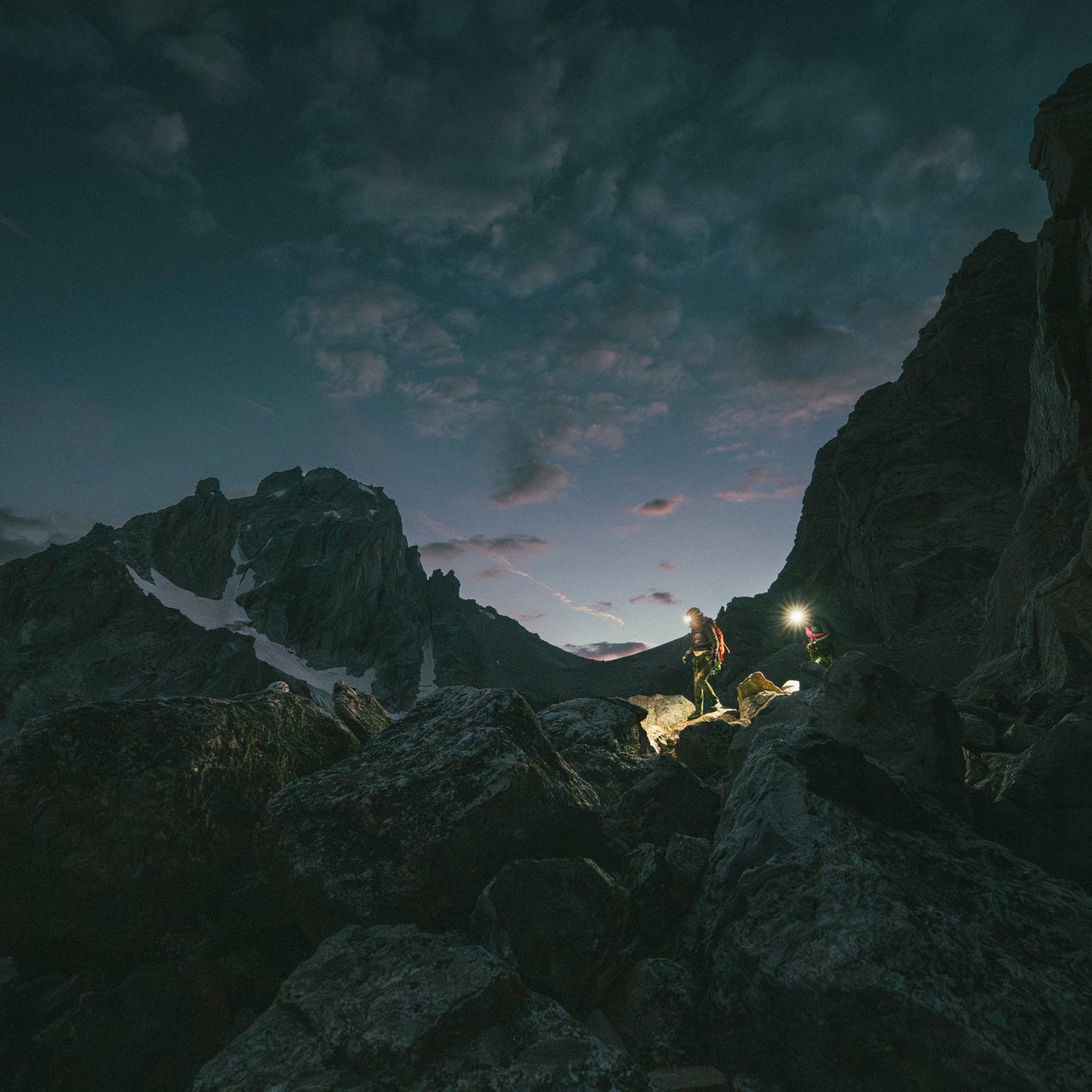
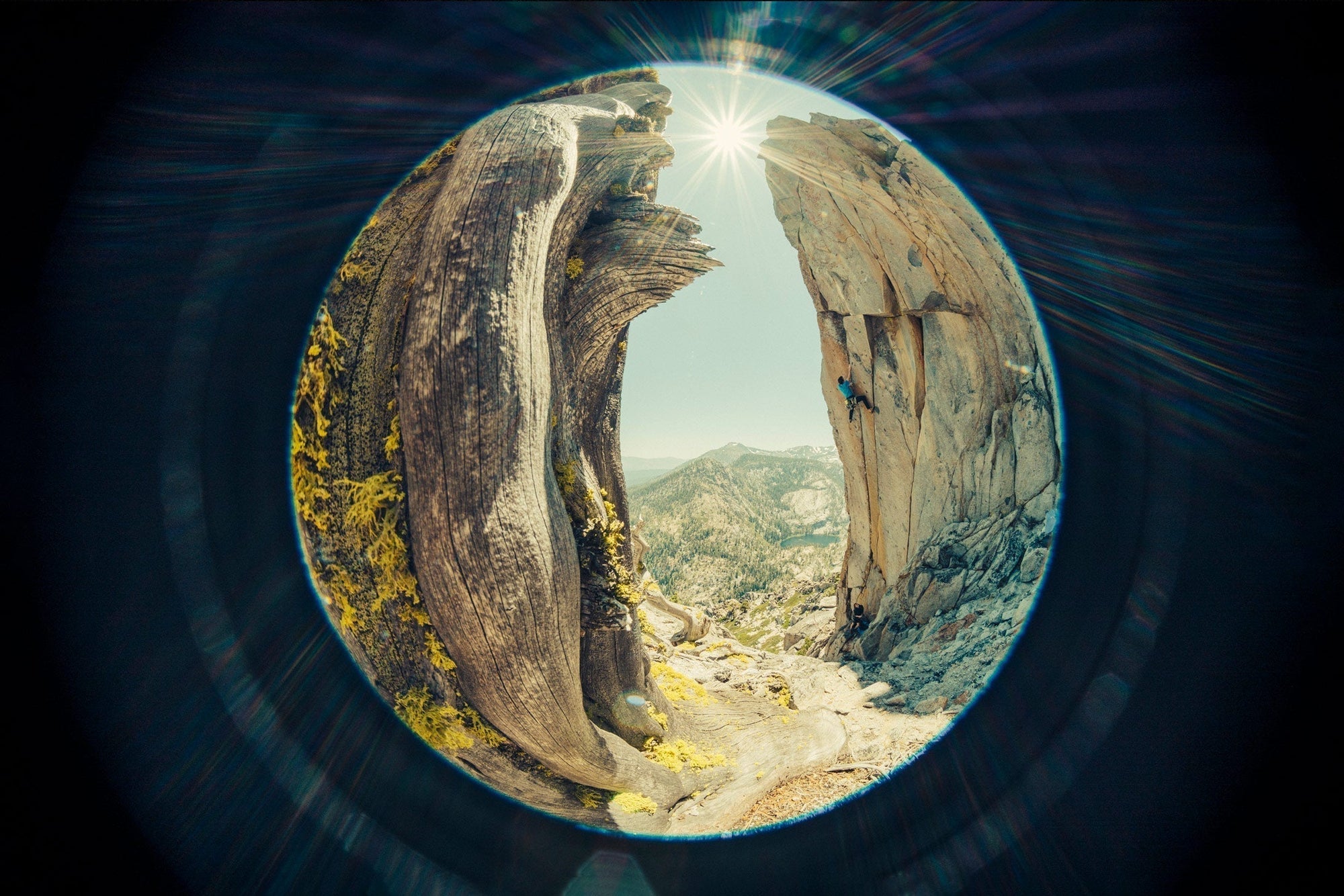
Watch BD Athlete Alex Honnold throw down on some hard trad high above Tahoe.
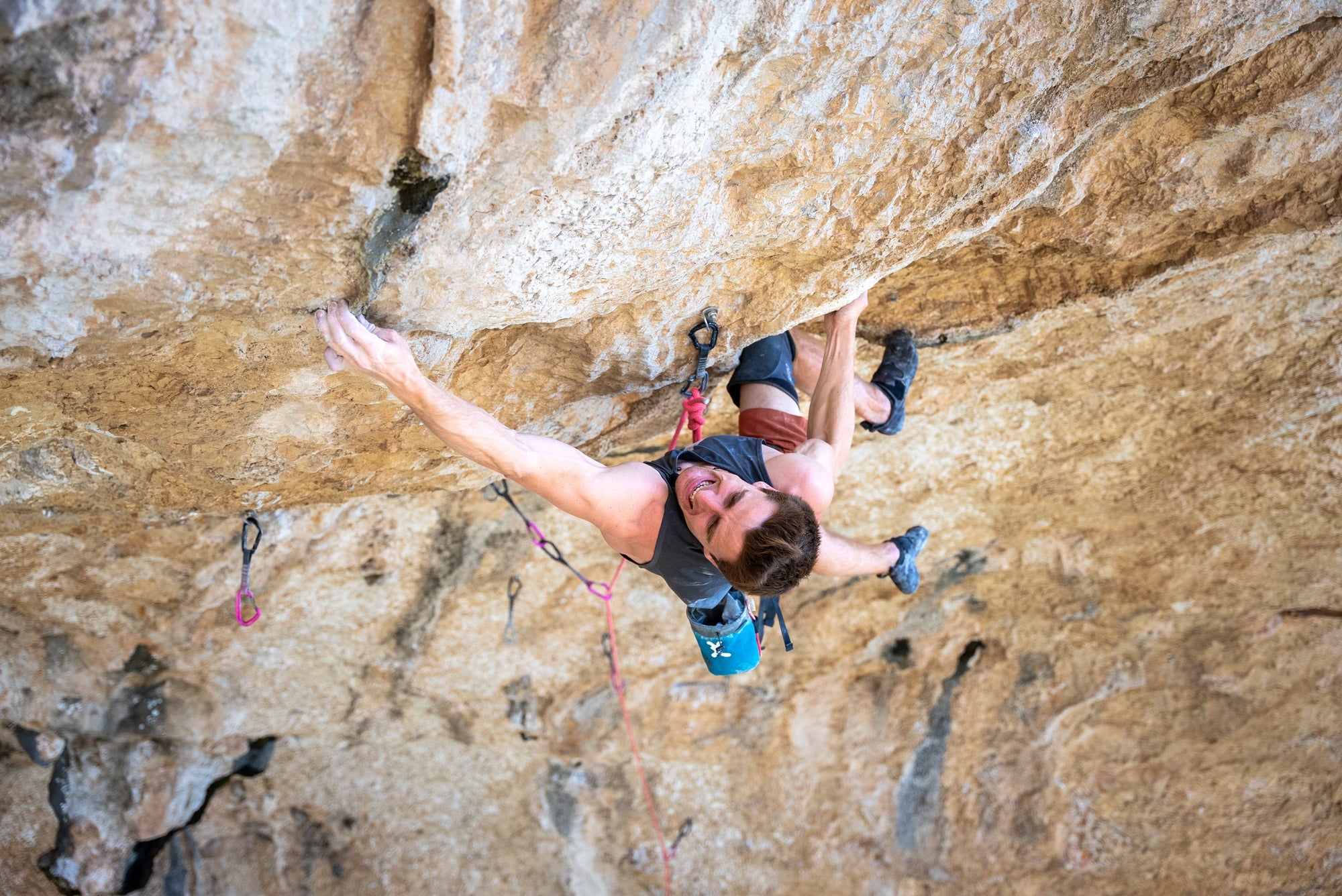
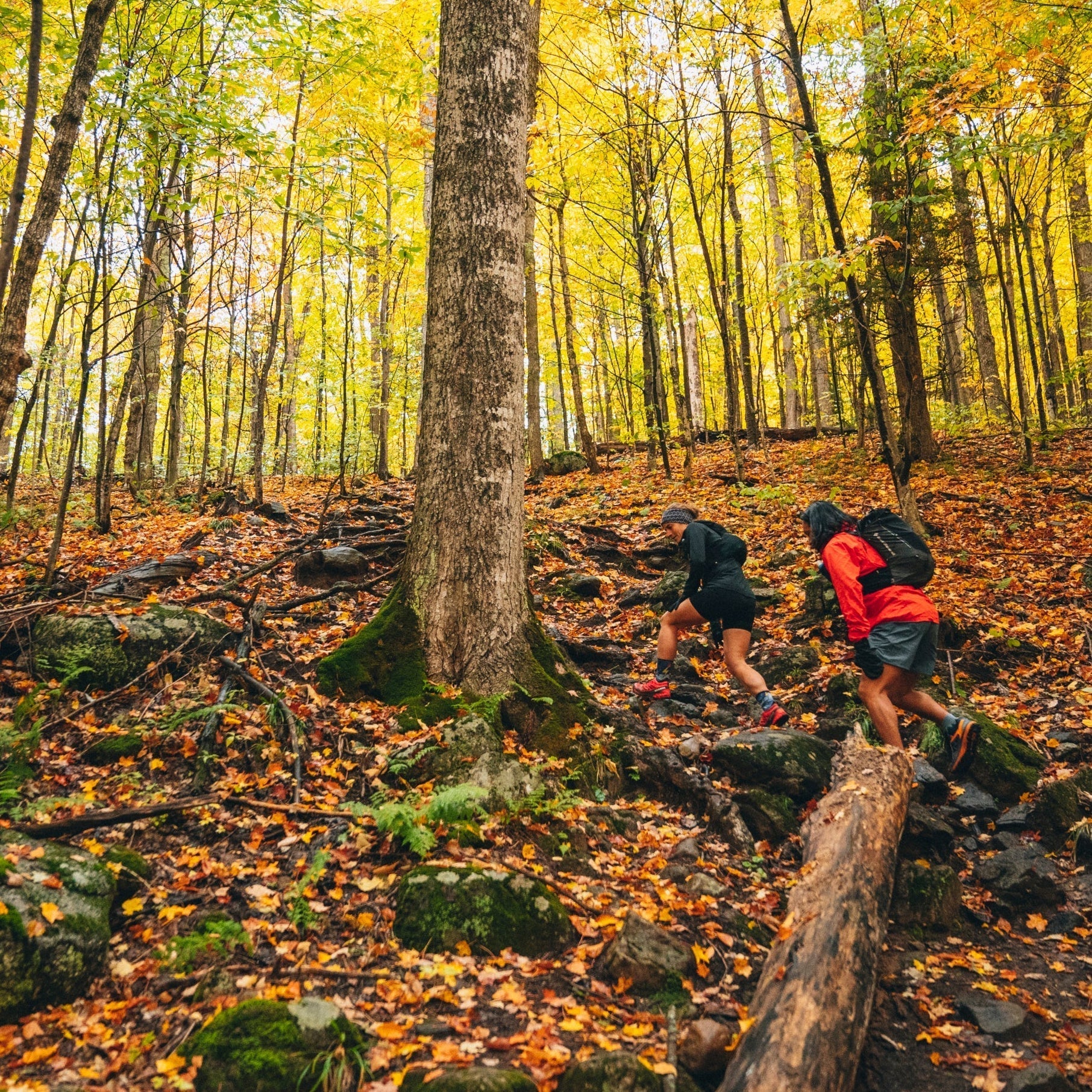
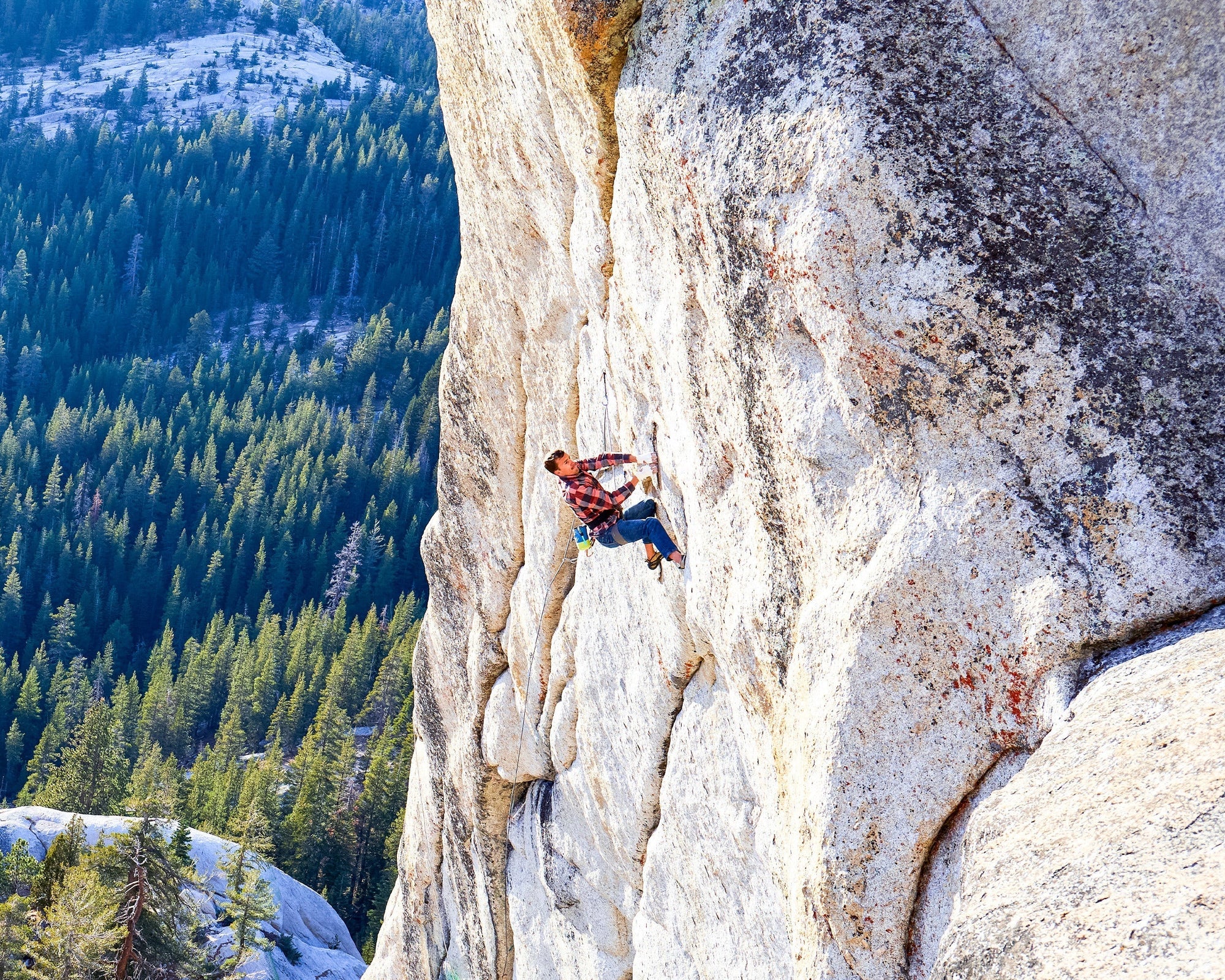
In 2012, filmmaker and photographer Ben Ditto, and professional climber Mason Earle equipped an immaculate...
In 2012, filmmaker and photographer Ben Ditto, and professional climber Mason Earle equipped an immaculate line in Tuolumne’s high country. But their attempts to free the route were thwarted when Mason’s life changed drastically. With the help of Connor Herson, Ditto and Mason found a way to keep the dream alive.
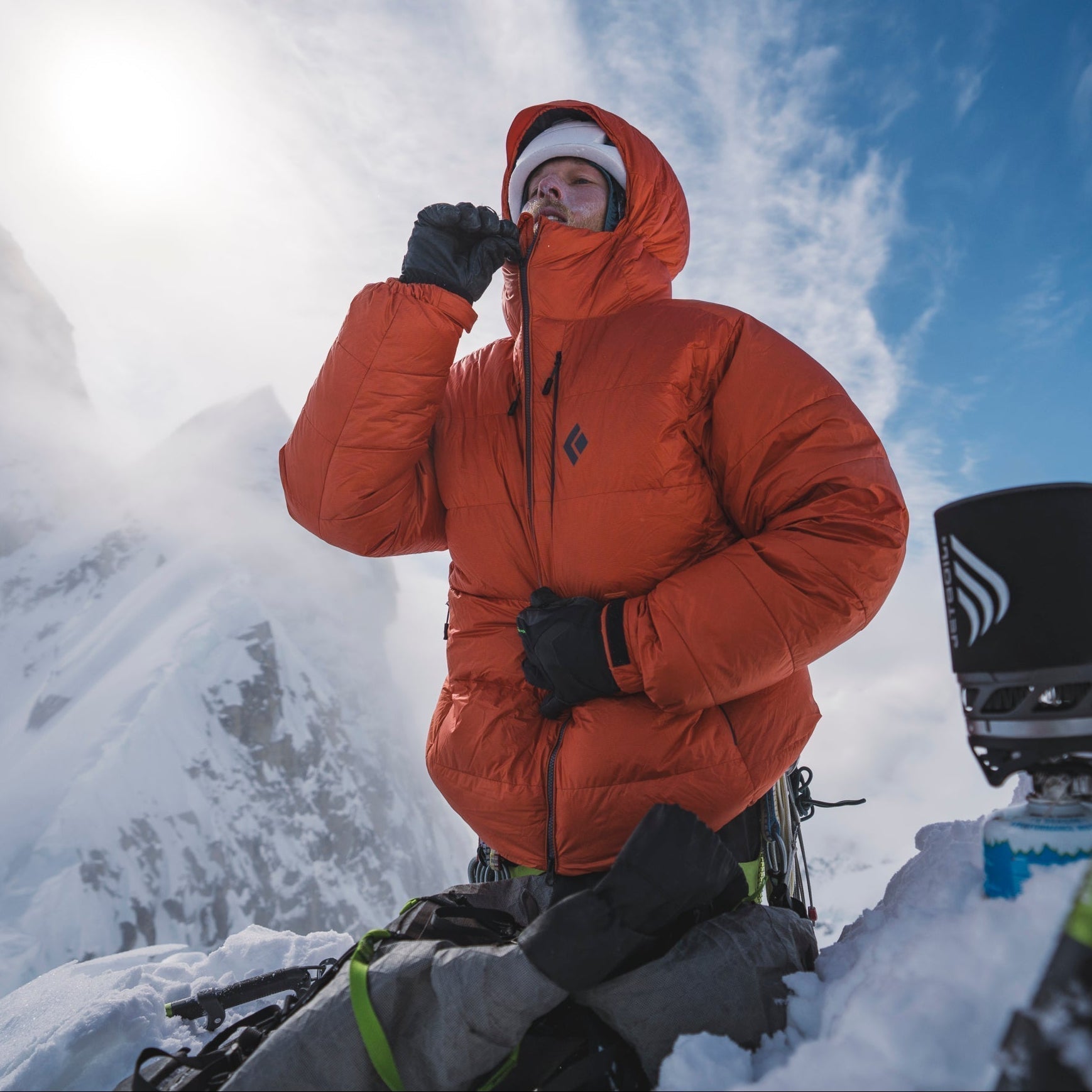

Watch and learn as our Field Test Coordinator runs you through a step by step...
Watch and learn as our Field Test Coordinator runs you through a step by step process of trimming and setting up any STS-style Black Diamond skin.


Every climber has a few lines they dream about. Whether inspired or haunted—or sometimes both—these...
Every climber has a few lines they dream about. Whether inspired or haunted—or sometimes both—these lines can push us beyond what we thought we were capable of, in turn teaching us who we really are. BD Ambassador Ethan Salvo recently restructured his entire life to focus on two climbs that pulled him into the void with only one way out … getting to the top. This is his story of sending Dreamcatcher and becoming the first Canadian to climb V16 in the same week.

BD Athlete Connor Herson spent as many weekends as possible in the Valley this spring...
BD Athlete Connor Herson spent as many weekends as possible in the Valley this spring during a grueling quarter at Stanford. The objective? Ground up, in-a-day ascents.
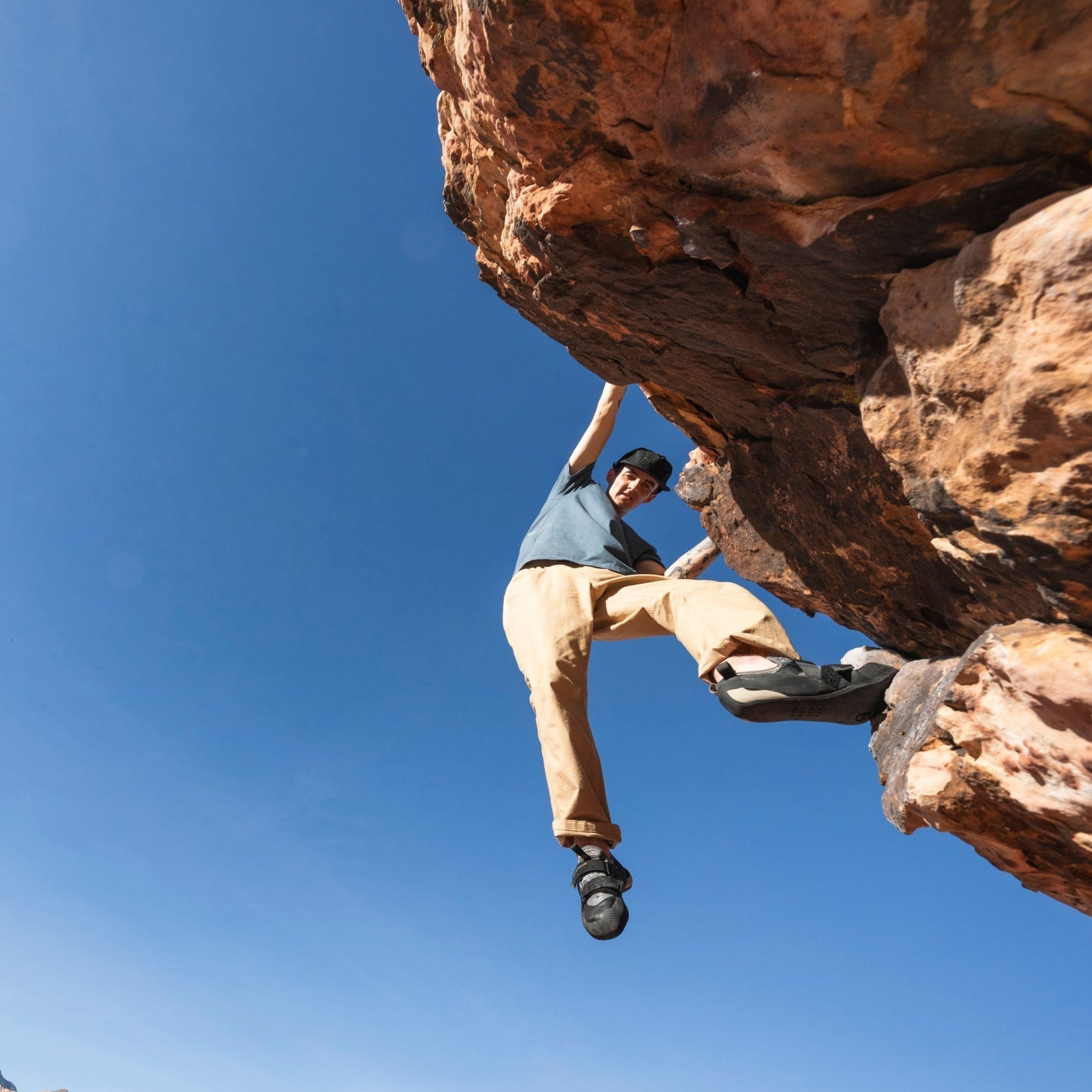

BD Athlete Joe Grant’s Epic 400-Mile Vision Quest in the San Juan Mountains.
